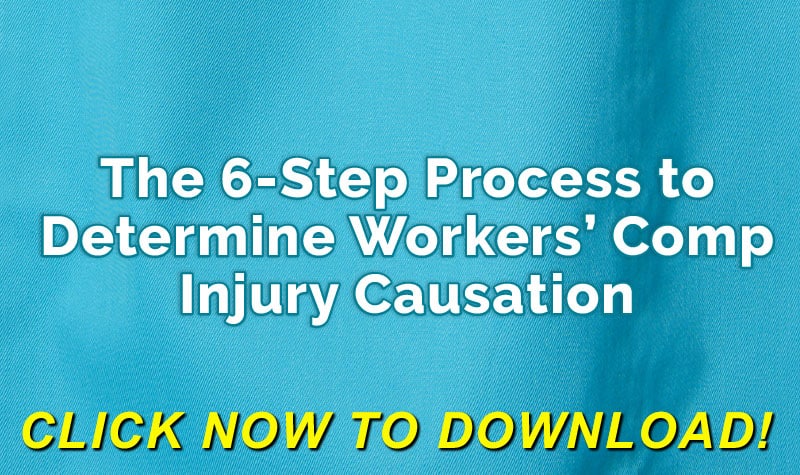“In-house” doctors are company doctors who treat employees at the workplace. Companies may have an in-house clinic staffed by a nurse, nurse practitioner, physician’s assistant and/or a physician. This is typical for companies with many employees at one location.
Onsite occupational health clinics offer employers an effective way to direct medical care. Properly implemented, these clinics improve health outcomes and convenience for employees and reduce costs for employers. On-site clinicians can treat work-related injuries the moment they occur – early intervention at its best.
Clinicians become familiar with the work environment and policies so they can support safety, workers compensation and return to work programs.
Following evidence-based protocols, the majority of injuries can be appropriately treated on site, reducing the use of expensive off-site providers and the frequency of claims. On-site clinic staff manages referrals to off-site specialists when necessary, ensuring the right level of care. On-site clinics can add significant additional value by supporting OSHA reporting, drug testing, surveillance programs (such as hearing conservation and respiratory protection), new hire exams and other occupational health services.
Click Link to Access Free PDF Download
“The 6-Step Process To Determine Workers’ Comp Injury Causation”
What Is a Medical Director?
The medical director is a doctor who has extensive knowledge and experience in the evaluation of medical conditions and the implementation of appropriate medical care. The medical director will act as a consultant and adviser. The medical director can provide in depth medical reviews and collaborate with the treating physician on the best course of medical care for the employee.
Your medical director, medical department or consultant is a key resource to help interpret medical jargon accompanying work-related injuries or illnesses. Medical personnel can help you determine the extent of work-related injuries and design transitional duty jobs to get injured employees back to work.
Some companies retain a part-time medical director to talk doctor-to-doctor with treating providers, review medical records for alternative causation, and intervene in the independent medical evaluation (IME) process. The IME is one of the few points in the workers’ comp process where the outcome can be influenced. Thirty percent of IMEs are unnecessary or untimely.
Duties of the Medical Director
- Identify the appropriate contact person to discuss worker injuries and workers’ compensation at your facility. Usually the appropriate person will be the workers’ compensation manager (injury coordinator) or middle manager.
- Visit company facilities at least once per year.
- Observe and document the physical requirements for all jobs to determine which have the potential to become transitional duty positions.
- Assess the company’s transitional duty program positions.
- Telephone treating medical providers BEFORE they prescribe time out of work for an injured employee, to discuss the possibility of transitional duty assignments.
- Review injured employee’s file to ensure the necessary documentation is completed. If not, talk to the injury coordinator, who should obtain the documentation.
- Work closely with your injury coordinator to resolve those work-related incidents requiring medical attention or lost time.
- Coordinate with injury coordinator and employees’ treating physician to develop transitional duty job descriptions accommodating physical limitations of injured employees.
- Define and document the boundaries of your role as in-house medical director to ensure delineation between medical director activities and adjuster activities.
- Determine what medical privacy regulations are relevant to avoid potential violations. Have the medical director make sure medical records are complete prior to requesting an IME. Most adjusters assume medical records regarding a pre-existing injury are irrelevant as related to a workers’ comp injury. However, it is relevant when the claimant’s acute injury resolves but an underlying degenerative process is still progressing.
- Write independent medical evaluation (IME) cover letters summarizing key information and asking requisite questions concerning the work-relatedness of the injury. A standard cover letter is very general, not highlighting crucial information or asking specific medical questions. In some states, the employer is allowed only one IME every six months. Don’t waste this opportunity to get a complete medical opinion based on all relevant information.
- Review use of all nurse case management to make sure the service is needed and is brought in timely. Often nurse case management is brought in too early or too late.
Author Rebecca Shafer, JD, President of Amaxx Risk Solutions, Inc. is a national expert in the field of workers compensation. She is a writer, speaker, and publisher. Her expertise is working with employers to reduce workers compensation costs, and her clients include airlines, healthcare, printing/publishing, pharmaceuticals, retail, hospitality, and manufacturing. She is the author of the #1 selling book on cost containment, Workers Compensation Management Program: Reduce Costs 20% to 50%. Contact:RShafer@ReduceYourWorkersComp.com.
Editor Michael B. Stack, CPA, Director of Operations, Amaxx Risk Solutions, Inc. is an expert in employer communication systems and part of the Amaxx team helping companies reduce their workers compensation costs by 20% to 50%. He is a writer, speaker, and website publisher. www.reduceyourworkerscomp.com. Contact: mstack@reduceyourworkerscomp.com.
©2013 Amaxx Risk Solutions, Inc. All rights reserved under International Copyright Law.














